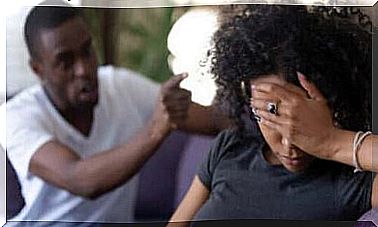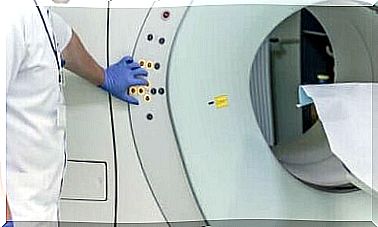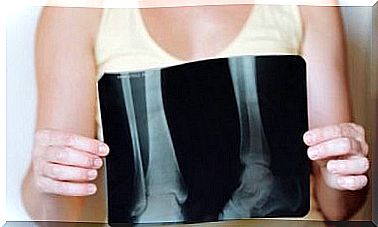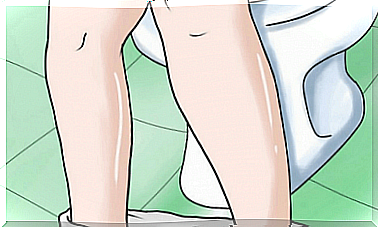Find Out Why Babies Stare
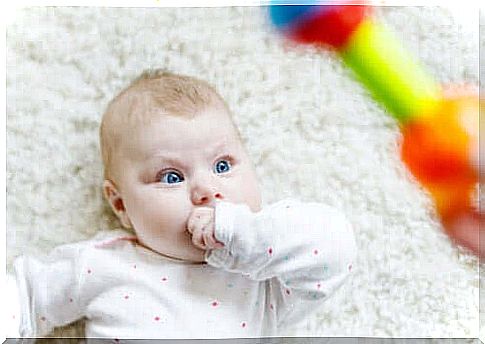
The world is completely new to newborns and they discover it through their senses. Babies stare at a person or object because it moves, because it dances, because it is colorful, or because it changes before the eyes of them.
They catch it with their eyes until a new eye-catching object appears in front of them. Items common to adults are fascinating for babies.
When a shadow or a light crosses their attentive gaze, they simply stare at it. Adults have already incorporated the mentioned sensations into our repertoire, which means that few things surprise us. Everything is familiar and trivial to us. But for babies, for example, the colorful turmoil over their crib is a whole universe.
Babies are like mushrooms. They “absorb” reality and make connections. A myriad of sensations shape emotional, bodily and motor reactions they use to interact with others from birth. The Practical Guide for Parents, published by the Spanish Association of Pediatricians, can be helpful in this stage of intense learning.
This is how a baby’s vision develops
Babies’ brains are very plastic. Experts recently understood the ability of nerve cells to adapt to their environment. By connecting to other neurons, they recognize it through their senses without resorting to the use of words.
Babies are born with an extraordinary ability to learn. The development of their vision goes hand in hand with motor and neurological development. For the first three months of life, babies will look for, stare at, and follow lights or objects that enter their field of vision.
From the third to the fifth month of their lives, they see their hands, play with them and also play with the toys around them. From the ninth to the twelfth month of their lives, they touch objects they recognize and play with them. The retina matures between the sixth and eleventh month of their life. From the age of three to six, children’s visual ability matures.
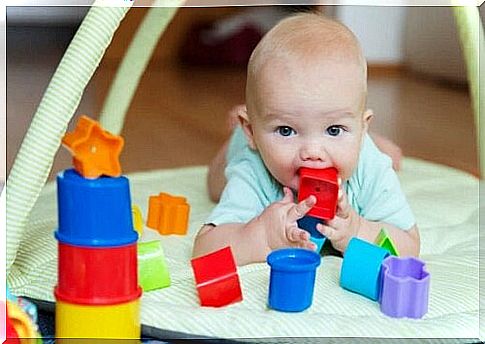
The reasons why babies stare at something or someone
Babies stare at something because movement catches their attention. The neural dynamics of babies are only comparable to the plasticity of the world that can be seen before the eyes of them.
Objects in motion
Moving objects are quite interesting for babies. Anxiety is among the primary things that experts recommend using to stimulate babies.
Make sure the objects you place in front of and close to your baby slide through the air in a semicircle, but not quickly. The idea is to engage their vision by contributing to the movement of the eyes, which is essential in the development of vision.
Shiny objects or those that glow
Light and shadows are also very eye-catching for babies. They focus their gaze on outlines and silhouettes as they do not cause visual discomfort or irritation.
Babies love details that they explore with interest, and also feel with their hands and fingers. For example, a father’s beard can make a baby very curious.
Babies are attracted to colors
Vivid colors and contrasts of black and white are eye-catching for babies. However, be sure not to overstimulate your baby as it may exhaust them.
A sign that your baby’s eyes are tired is that they suddenly change gaze. Playing gentle music in the room can accompany the synaesthesia of colors, textures and shapes.
Babies stare when objects and faces have harmonious characteristics
Experts believe that babies stare at “beautiful” faces. However, one has to keep in mind that they are not aware of socially accepted beauty standards. By that we mean that they are attracted to soft, harmonious, round and full faces.
Familiar faces, where they recognize themselves, make them feel calm, protected and comfortable.
When should one be worried?
The problem is not really when babies stare at something, but when they have a blank stare and do not interact with their caregivers. Although all babies develop at different speeds, keep in mind the following signs:
- If your two month old baby is not looking at the person looking at them. Studies have shown that it is an early sign of autism.
- If your three to four month old baby does not visually follow objects that move next to them and does not smile at people who are searching their eyes.
- Like the last one if your six month old baby is not trying to grab objects within their reach or is not showing care to their caregivers.
These signs will certainly manifest themselves along with others such as psychomotor developmental problems, language problems and neurological disorders.
How to help a baby’s visual development

Visual stimulation involves emphasizing what one wants one’s baby to see, feel and remember. Colors, movements and shapes promote babies’ development of the ability to perceive things as well as their adaptation to the environment.
Babies are actively exploring. Associative mechanisms allow them to connect objects, sensations, or individuals to different concepts. For example, it can be care, food, protection, caress, rest, comfort and satisfaction.
You need to know that mirror neurons are a fundamental neurophysiological mechanism in the development of vision in babies. They are essential for action, understanding and imitation. About seven hours after they are born, babies actually show interest in their mother’s face and will soon begin to imitate the facial expressions of their caregivers.
For this reason, babies believe that it is they who perform an action when they stare at someone in front of them.
Another process we must not overlook is the development of implicit memory, which occurs when babies are about one and a half years old. This allows them to unconsciously collect and store information.
They store the experience of their behavior and the emotions that their caregivers express or provoke during play or a particular situation.
It’s very exciting when babies stare at one!
When your baby looks at you, it’s probably a great feeling. In the miraculous moment, your eyes meet and intentions and information are transmitted. You communicate.
From that moment on, caregivers may find that they can show their babies many things. It helps babies build their personality.

